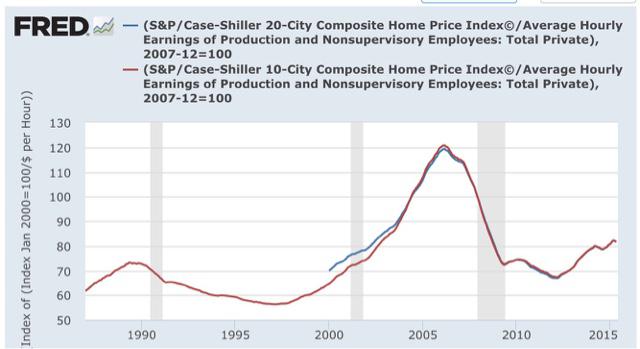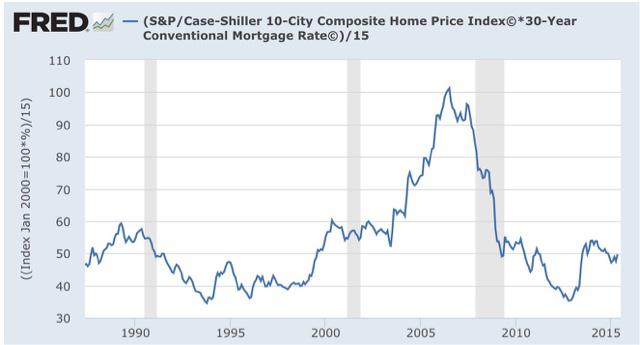Real estate prices continued to climb in the third quarter of 2015, but sales pace slowed and inventory is more difficult to come by, when compared with the third quarter of 2014, which was a banner season for real estate on the East End.
According to The Corcoran Group’s quarterly Corcoran Report, “the volatility of financial markets world-wide resulted in fewer closed transactions this quarter.”
On the South Fork, according to Corcoran, sales activity and sales volume declined by 16 percent and 13 percent, respectively, compared to the third quarter of 2014. Only East Hampton Village, Southampton and Shelter Island reported more sales than last year.
The Corcoran Group reported that the average sale price on the South Fork increased 3 percent, while the median price rose 6 percent, versus the same quarter a year ago.
Nine sales over $5 million in East Hampton Village skewed the median price there up 70 percent over the third quarter of 2014.
Though recent quarters have shown a good deal of activity in the under-$500,000 range, where such properties can even be found on the South Fork, that share of the market shrank in the third quarter both east and west of the Shinnecock Canal.
East of the canal, under-$500,000 sales shrunk to just 8 percent of the market, from 14 percent in the third quarter of 2014, while the market share of houses under $500,000 west of the canal shrank from 41 percent in the third quarter of 2014 to 38 percent in the third quarter of this year.
On the North Fork, the Corcoran Group reported the number of sales and sales volume decreased 11 percent and 17 percent, respectively, over the third quarter of 2014. They reported the median sales price increased 1 percent, but the average sales price decreased 8 percent.
On the North Fork, they reported the $500,000 to $750,000 market range grew from 23 percent to 31 percent of sales, while market shares above and below those ranges declined by 4 percent.
The Corcoran Group also reported that the total inventory of residential properties for sale on both forks declined by 383 housing units from the third quarter of 2014.
With a limited amount of vacant land available for sale on the East End, the number of vacant land sales decreased quarter-over-quarter by 32 percent on the South Fork and 29 percent on the North Fork.
In commercial markets however, The Corcoran Group saw quite a bit of activity on the North Fork, with the number of sales increasing 67 percent. The number of South Fork commercial sales declined 37 percent over the same period.
Douglas Elliman Real Estate’s Elliman Report also showed a market slow-down on the South Fork when compared with the same quarter in 2014, though they did report greater gains in prices.
Douglas Elliman reported 507 sales on the South Fork in the third quarter, 20 percent below the same quarter in 2014 but 11 percent above the decade quarterly average of 457 sales.
The market share of sales below $12 million fell to 49.5 percent, its lowest point in the past four years, with 44 percent of sales between $1 million and $5 million.
According to Douglas Elliman, listing inventory on the South Fork was unchanged over the third quarter of 2015, with 1,710 houses on the market this quarter. The listing discount, or the difference between the last listing price and the sales price, declined to 10.2 percent from 12 percent in the same quarter last year.
Median sales price rose to $950,000, up 9.8 percent over the same quarter last year, the fourth highest level reported in the past decade. The average number of days on the market fell 6.4 percent to 161.
Douglas Elliman reported that North Fork housing prices also skewed higher, with the median sales price jumping 16.1 percent to $516,250, the second highest median price in the past seven years. Only the second quarter of 2015 saw higher prices on the North Fork, and the year-over-year increase was the sixth consecutive quarterly increase.
read more…
http://www.eastendbeacon.com/2015/11/04/real-estate-third-quarter-figures-pale-after-banner-2014-season/














